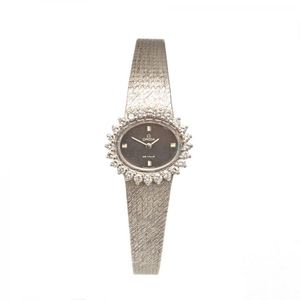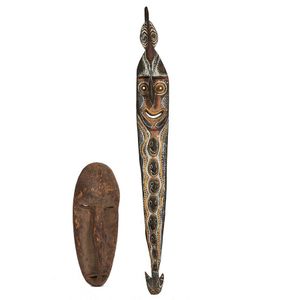Victorian Garnet Bracelet in 18ct Yellow Gold
You must be a subscriber, and be logged in to view price and dealer details.
Subscribe Now to view actual auction price for this item
When you subscribe, you have the option of setting the currency in which to display prices to $Au, $US, $NZ or Stg.
- Cabochon Cut in Jewellery - A cabochon cut is a type of gemstone cutting where the stone is cut and polished in a convex shape with a flat bottom and a domed top, with no facets. This type of cut is typically used for opaque or translucent stones that have natural patterns or inclusions that are best displayed in this type of cut. Examples of stones that are often cut as cabochons include turquoise, opal, and moonstone.
- Garnet - A garnet is a mineral that is commonly used as a gemstone. It occurs in a wide range of colours, including red, pink, orange, green, yellow, and black. The most common and best known type of garnet is the red variety, which has a deep, rich colour and is often referred to as a "garnet red."
Garnets have a long history of use as gemstones, and they have been prized for their beauty and durability for thousands of years. They are often used in jewellery, such as rings, necklaces, and earrings, and they are also sometimes used as a decorative element in other items, such as vases and goblets.
Garnets are prized for their brilliance, durability, and resistance to scratching, making them a popular choice for use in jewellery. They are also valued for their hardness, which makes them well suited for use in abrasive applications, such as sandpaper and grinding wheels. - Victorian Period - The Victorian period of furniture and decorative arts design covers the reign of Queen Victoria from 1837 to 1901. There was not one dominant style of furniture in the Victorian period. Designers used and modified many historical styles such as Gothic, Tudor, Elizabethan, English Rococo, Neoclassical and others, although use of some styles, such as English Rococo and Gothic tended to dominate the furniture manufacture of the period.
The Victorian period was preceded by the Regency and William IV periods, and followed by the Edwardian period, named for Edward VII (1841 ? 1910) who was King of the United Kingdom and the British Dominions and Emperor of India for the brief period from 1901 until his death in 1910.
This item has been included into following indexes:
Visually similar items

A lady's gold and diamond Deville Wristwatch, Omega, circa 1971. Manual wind. 22 x 20 mm. Ref. 8238. Cal. 485. Serial number 32315825. Circular dark grey dial, with applied batons. Diamond bezel comprising of round brilliant cut diamonds of estimated total

Abelam carved and painted sculpture, East Sepik Province, Papua New Guinea, wood, with all over dot pattern around central face in natural earth pigments, together with a Ramu river mask (2), 176 cm. Provenance: The Estate of Ray Hughes

An antique gemset locket pendant, quatrefoil shape centring an amethyst estimated as 5.30ct with locket compartment to rear, unmarked tests approx. 14ct

A Deco styled diamond dress ring. 14ct white gold, Art Deco styled, made as a kite shaped panel ring, vertically set with three feature brilliant cut diamonds, each bezel set, framed by geometrically arranged smaller diamonds grain set, merging to a smooth
